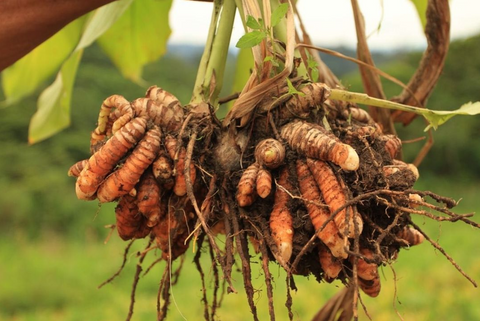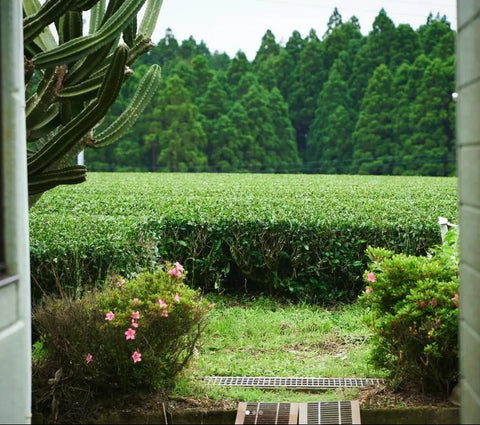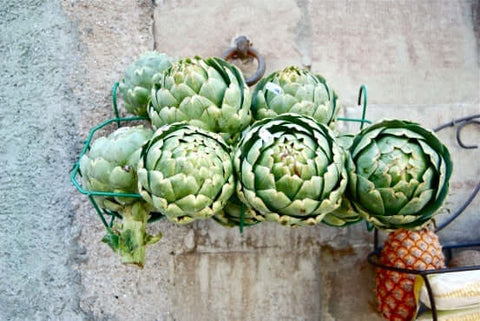Tea: A Global Favorite
Tea and Today's Market
Apart from water, tea is the most popular beverage in the world. This fact often surprises Americans living in a country that has had little to do with tea since the Revolutionary War. The situation is quite different elsewhere, however. For millions of drinkers across the globe, tea engenders the kind of enthusiasm commonly associated with lovers of fine wines. Like fine wine, tea is debated, savored, and treasured for its almost endless variety of subtle flavors. Indeed, in terms of its complexity, variety, and worldwide appeal, tea could be called the "non-alcoholic wine."

Although all tea comes from the same plant, Camellia Sinensis, nearly infinite variations in growing conditions, pickings, and processing result in over 2000 varieties in China alone. In short, tea is the most diverse food product in the world.
There are three different basic tea markets: the traditional teabag market, the burgeoning bottled beverage market, and the specialty loose market. The first two markets are well represented by major companies; yet, as the true tea aficionado quickly discovers, as does the lover of fine wines, that the highest quality is seldom the result of mass marketing. Thus, it is to the third area, the specialty loose tea market, that the tea lover must turn for the satisfaction that only the finest loose teas can provide.

As interest in fine, loose tea continues to grow in the United States, a number of companies have entered the market. Unfortunately, some of these company's labor under the misconception that tea needs to be redefined to be successful in America. Too often the result has been an over-reliance on stylish blends, fruity flavors, and cleverly packaged products. The simple truth is that tea hardly needs this sort of help. Tea's 5000-year history is ample evidence that its popularity is eternal. Tea does not need reinventing, only experiencing -- a fact understood by a growing number of tea drinkers who desire the uniquely satisfying experience that only real tea provides. For too long, Americans have found it difficult to obtain the kind of high-quality tea and knowledgeable service more commonly available in Europe and parts of Asia.





